The fascinating ability of certain Australian animals to drastically change their appearance is a remarkable example of evolutionary adaptation. Among these, the Australian Tree Frog (Litoria species) and the Leaf-Tailed Gecko (Uroplatus species) stand out for their extraordinary camouflage techniques, shaped by environmental influences.
The Australian Tree Frog is renowned for its impressive color-changing abilities. Its skin can shift from bright green to subdued brown or gray, allowing it to blend seamlessly into foliage or bark. This adaptation is crucial for evading predators and remaining hidden while hunting for insects. Beyond mere coloration, these frogs can alter their skin texture; when threatened, they may puff up or flatten their bodies to appear larger or less conspicuous. Seasonal changes also affect their appearance, with frogs becoming lighter during dry periods to reduce heat absorption and darker during wet seasons to camouflage with moist surroundings.
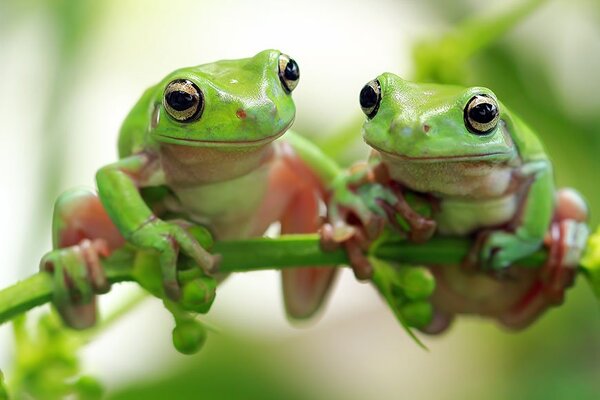
Though primarily found in Madagascar, the Leaf-Tailed Gecko provides insight into adaptive camouflage relevant to Australia. This gecko has evolved to resemble dead leaves or tree bark, utilizing a flat body and leaf-like tail for an effective disguise. Its ability to change posture enhances its mimicry, allowing it to remain motionless and avoid detection by predators. Such adaptations demonstrate how crucial environmental factors shape an organism’s physical traits and behavior.
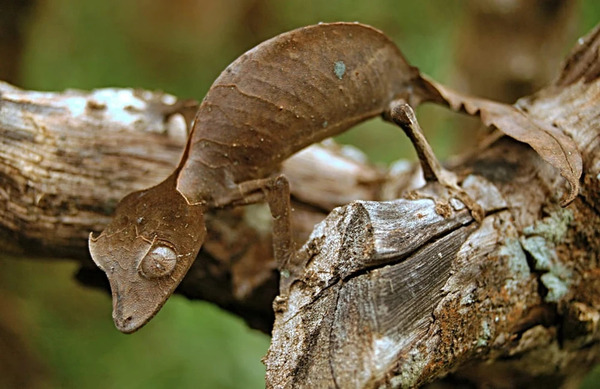
Cuttlefish, while not exclusive to Australia, exemplify the pinnacle of adaptive camouflage. These remarkable cephalopods can change color and texture in mere seconds, thanks to specialized skin cells called chromatophores. This capability serves multiple functions: communication, camouflage, and hunting. By mimicking their surroundings, cuttlefish can ambush prey while skillfully evading predators, showcasing their mastery of disguise.
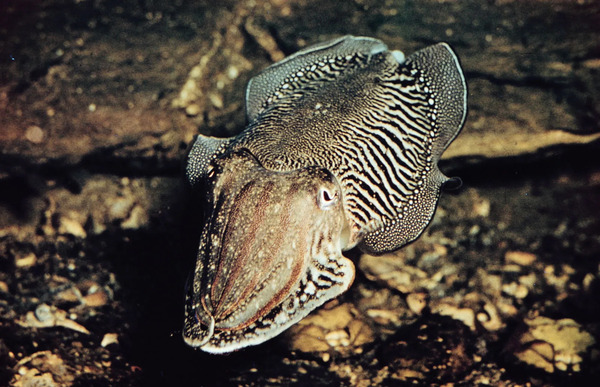
Although primarily associated with other regions, chameleons also exhibit extraordinary color-changing abilities that reflect both their environment and emotional states. This physiological flexibility aids in social signaling and can significantly influence mate selection, emphasizing how environmental pressures shape behavior and appearance.
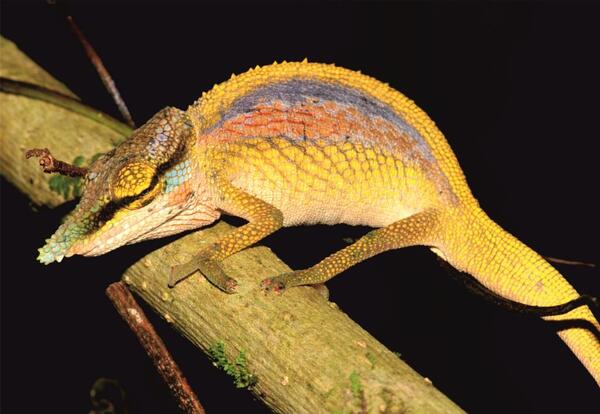
Flounders further illustrate the power of adaptive camouflage. These flatfish can alter their color and pattern to match the ocean floor, allowing them to lie inconspicuously against various substrates. This ability is critical for both evading predators and effectively hunting.
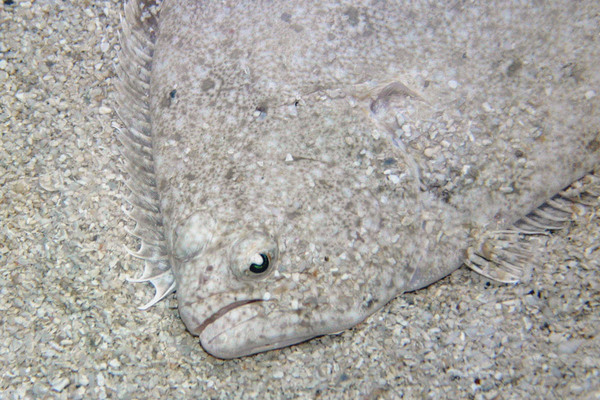
The incredible adaptations of the Australian Tree Frog, Leaf-Tailed Gecko, cuttlefish, chameleons, and flounders highlight the intricate relationship between organisms and their environments. The ability to change appearance drastically serves as a vital survival mechanism in complex ecosystems filled with predators and competition. Understanding these remarkable adaptations underscores the importance of conserving their habitats to ensure these species continue to thrive. Through the lens of these masters of disguise, we gain insight into the wonders of nature's ingenuity.
animal tags: Tree-Frog Leaf-Tailed-Gecko cuttlefish chameleons flounders-highlight
We created this article in conjunction with AI technology, then made sure it was fact-checked and edited by a Animals Top editor.